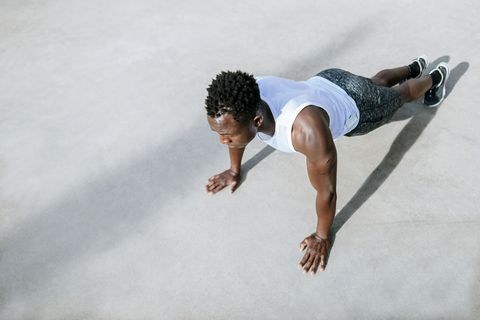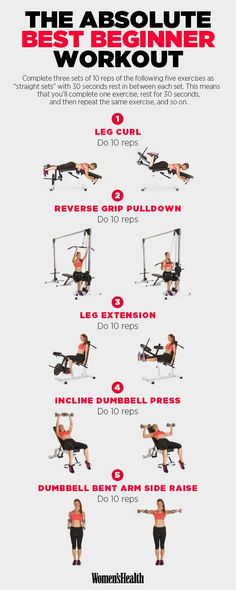
You may be wondering what amount of space you need to run in your shoes. You should allow your feet to move freely without slipping. When buying new shoes, you should consider the toe box as well as the fit of your heel. Uncontrollable slippage or popping out shoes are unacceptable.
Toe-box length
Running shoes need to be measured at the toe box. A shoe with a large foot box will reduce blister risk. Swelling can also influence the length and shape of your toe-box. You can either use toe socks or tape your toes to get an idea of how much space is required in the toebox.
Running shoes should have a toe box approximately one thumb shorter than the longest toe. For some people, this might be the second. For your foot's freedom to move when running, you need this extra space. A shoe that fits too tightly could lead to rubbing or a blister.
You can wear your heels.
You should look for shoes that have more space for your toes, when shopping to buy a pair of new running shoes. The shoe's heel should be about a thumb's distance longer than the length of your longest toe. This extra space is vital, because your foot needs room to spread out while running and will be absorbing the impact of each step.

You should wear the correct size socks when you are trying on shoes. Too thick socks can cause problems with the fit. Remember that your feet tend to swell throughout a day so it is best to wear your shoes in the afternoon, rather than in the morning. The toe box should fit snugly but not too tightly, and the heel should be free to move.
Toe-box width
Running shoes' toe-box width should be approximately one thumb wider than your longest toe. Extra room is needed for people with longer toes. This will allow you to run with your feet spread out further. A little extra space in your toes is also important because your feet may swell when you run.
The right type of running shoe for you will depend on the width of your toe box. Shoes with narrow toeboxes will have less room for your feet and may rub against the sides. You will have more room around your toes as well as the ball of you foot if your toes are larger.
Shoe width
The most important question you should ask when purchasing running shoes is "How much room does your shoe have?" The correct size should leave a width of about half to one-third of your thumb between the longest toe of the shoe and the end. This will ensure that the shoe does not slip and cause your heel to pop up while you run. The shoe should be snug enough to fit your foot without rubbing at your heel and toes.
In order to measure the size of your shoe, you need to remove the insoles. Next, remove the insoles to measure the size of your shoe. If the shoe fits comfortably, you will be happy. If you have bunions, you will want a shoe that allows for more room between your toes.

Heel slippage
Heel slippage can be frustrating if you have ever experienced it. This can occur while you are walking or running, and can cause serious injury if it happens. There are several ways to prevent heel slippage.
A shoe that fits well is the best way for you to avoid heel slippage. Ideally, a pair of running shoes should have about a thumb's width of room around the heel, but be sure to allow some wiggle room. This will allow the shoe to withstand impact and prevent any slippage. Remember that shoes do not fit in the exact same way on all feet. Therefore, you may need time to break them in.
FAQ
Why is it so important to get enough sleep?
To maintain a healthy lifestyle, it is important to get enough sleep. Your body can repair itself and recover from everyday stresses by getting enough sleep. A good night's sleep is essential for optimal functioning throughout the day.
Which Is Most Important: Diet, Exercise, or Sleep?
This depends on what you're trying to achieve. Diet is key to losing weight. Exercise is important for building muscle mass. Because it affects your performance during the day, sleep is the most important factor.
Can I have alcohol at work?
Drinking alcohol is high in calories so it's best to not consume too much while working out. However, moderate consumption of alcohol (one drink per day) may help improve endurance during workouts. It may reduce fatigue and muscle soreness from intense exercise.
Statistics
- Globally, 81% of adolescents aged 11-17 years were insufficiently physically active in 2016. (who.int)
- Adolescent girls were less active than adolescent boys, with 85% vs. 78% not meeting WHO recommendations of at least 60 minutes of moderate to vigorous intensity physical activity per day. (who.int)
- In 2018, the World Health Assembly agreed on a global target to reduce physical inactivity by 15% by 2030 and align with the Sustainable Development Goals. (who.int)
- An estimated 110,000 deaths per year could be prevented (cdc.gov)
External Links
How To
How to Burn Belly Fats Quicker
Belly Fat is often thought of as a problem when trying to lose fat. If you look at it, belly fat is actually a positive thing. Your organs are protected by the fat around your stomach. Let's learn how to quickly burn belly fat.
Lack of exercise and stress are the main reasons we store body fat. The cortisol hormone stimulates stress which makes us hungry. Cortisol increases insulin levels in our blood. The insulin then stores extra calories as fat. A lack of sleep leads to adrenaline being released into the system which causes an increased appetite. These extra calories are broken down through exercise.
There are many options to reduce belly weight. You can try any one of them depending upon your budget. These tips will help you quickly get rid of belly fat.
-
You can eat less. Instead of eating three large meals a day, eat smaller meals. This will result in fewer calories.
-
Drink plenty of fluids. Water flushes out toxins, and keeps your body hydrated. Drinking water prior to every meal will ensure that you are satisfied for longer periods of time and won't eat too much.
-
Avoid eating unhealthy snacks. If you're looking for quick fixes, snack foods like chips, cookies, candies, etc. These tempting snacks might look appealing. But avoid these fattening treats as they contain lots of empty calories and too much sugar. Instead, opt for healthy alternatives such as fruits, vegetables and whole grains.
-
Strength training should be performed at least 3 times per week. Strength training builds muscle mass which burns more calories even while resting. Strengthening your bones, muscles as well ligaments, joints, tendons, heart and lungs.
-
Move regularly and stretch. Stretching increases flexibility and mobility. It also reduces back pain. Walking can help you burn calories.
-
Reduce alcohol intake. Reduce alcohol intake. Alcohol is a waste of calories and has no nutritional value.
-
You can lose weight slowly. Finding out your current weight is the first step in losing weight. Add 5%-10% of your total bodyweight to calculate your ideal size. Once you have calculated your target body weight, you can begin to cut calories by 500-1000 calories every day until your goal is reached.
-
Avoid processed food. These foods have high amounts of salt, sugar, and preservatives. Although they are convenient, processed foods don't have enough nutrients to sustain your health.
-
Don't skip breakfast! Eating breakfast improves concentration, memory, and energy level. You should have protein (such as eggs) and fiber (such as oats) for breakfast.
-
Have regular bowel movements. Gas and bloating can result from irregular bowel movements. To prevent this, drink plenty of water and increase fiber intake.